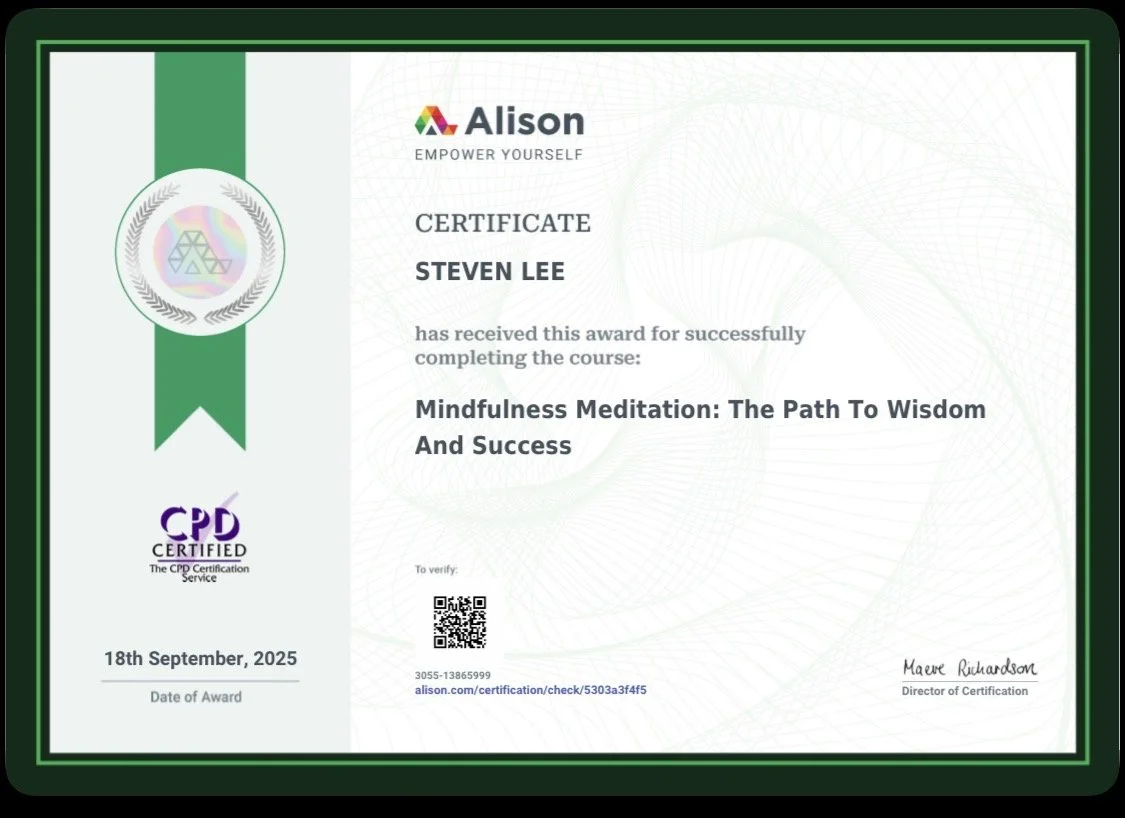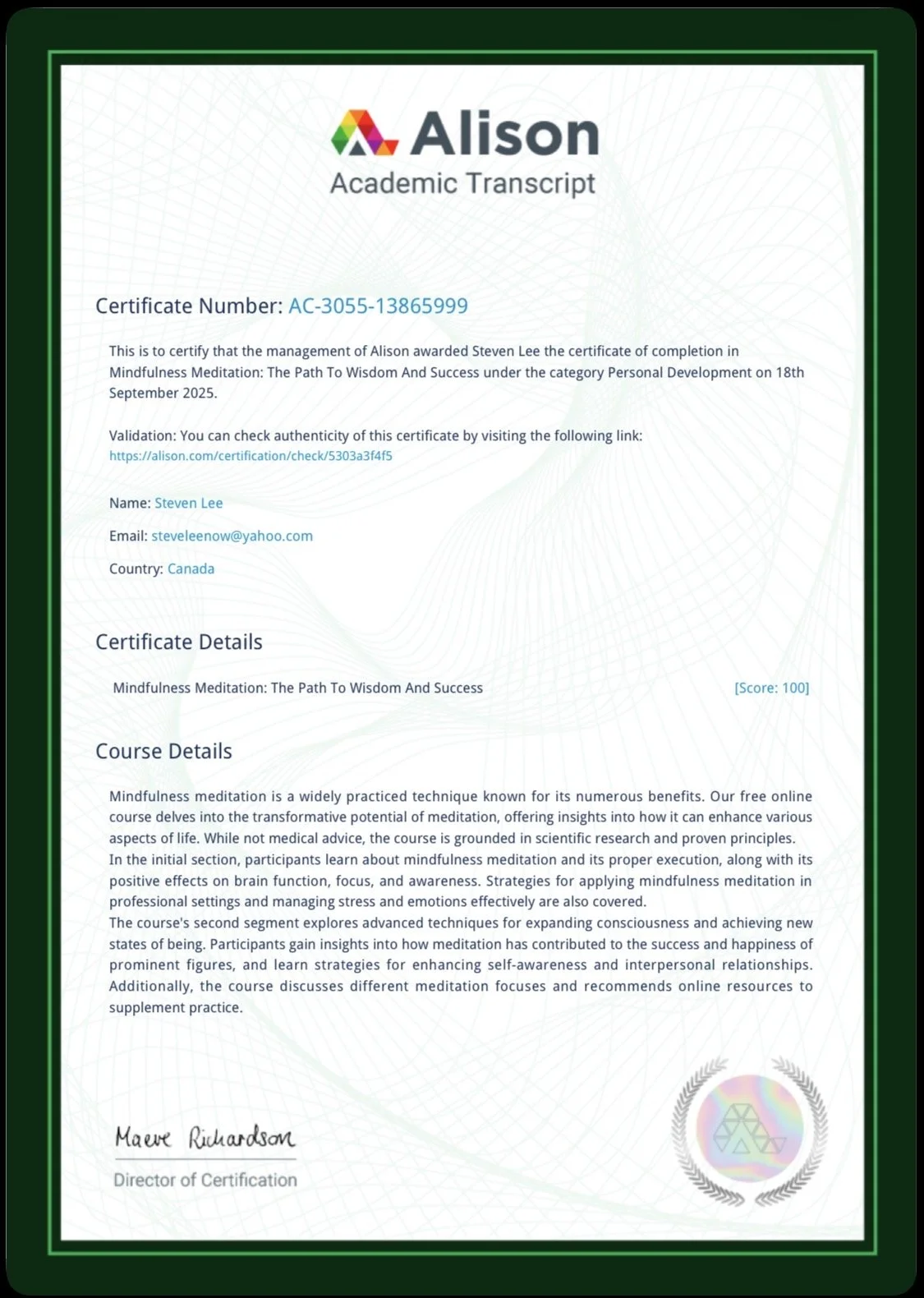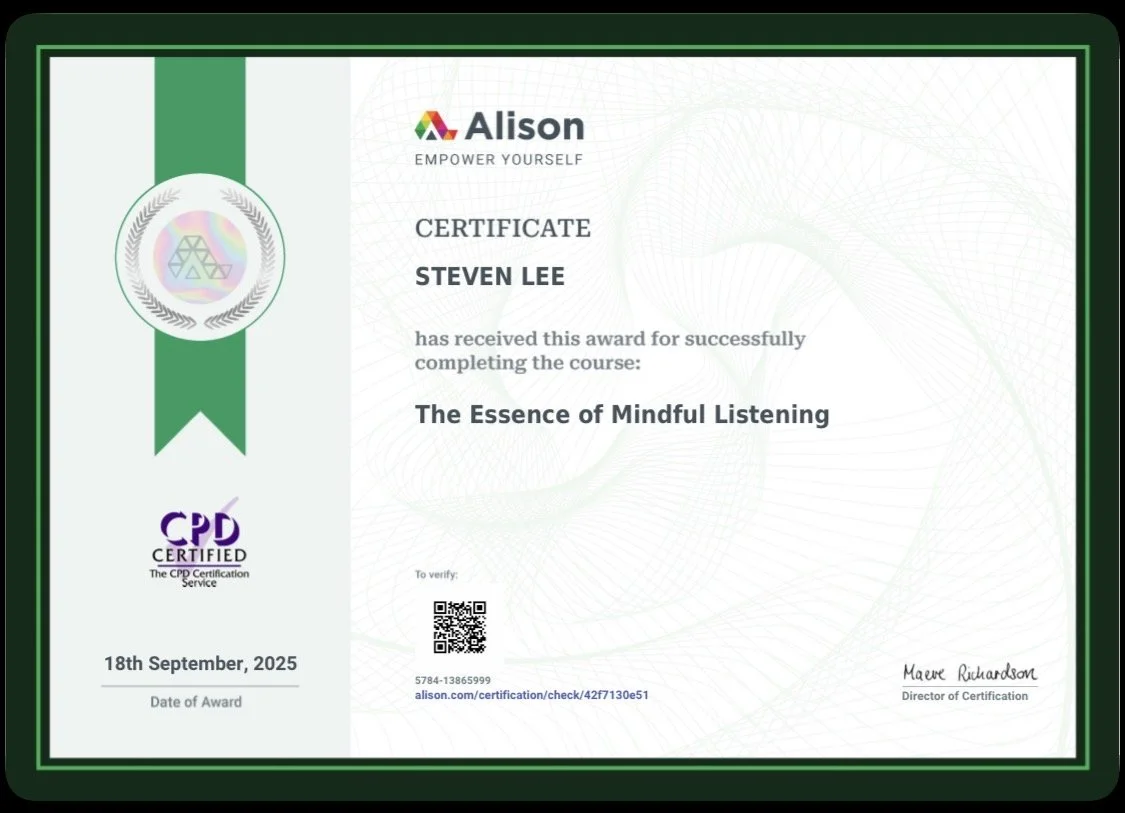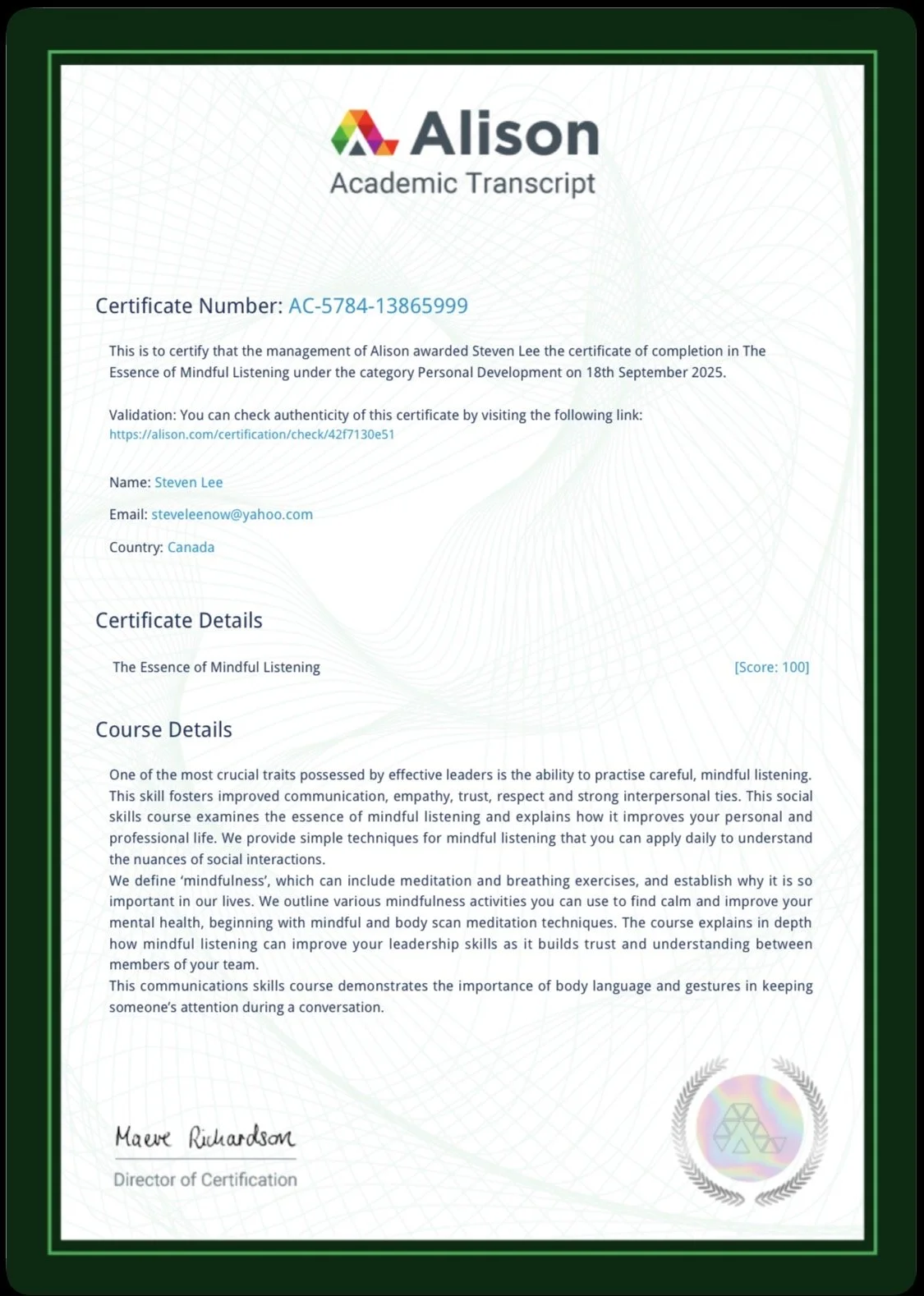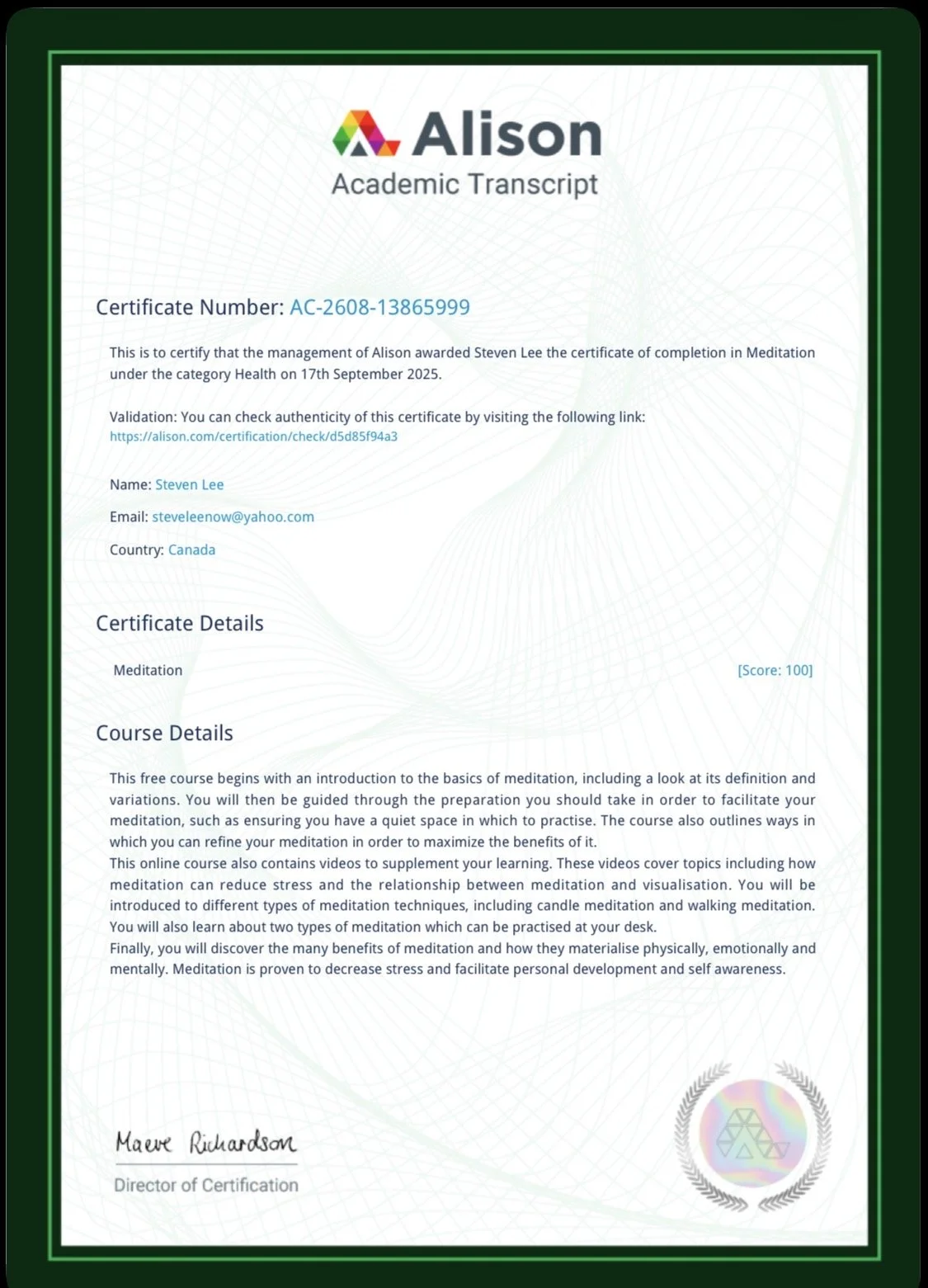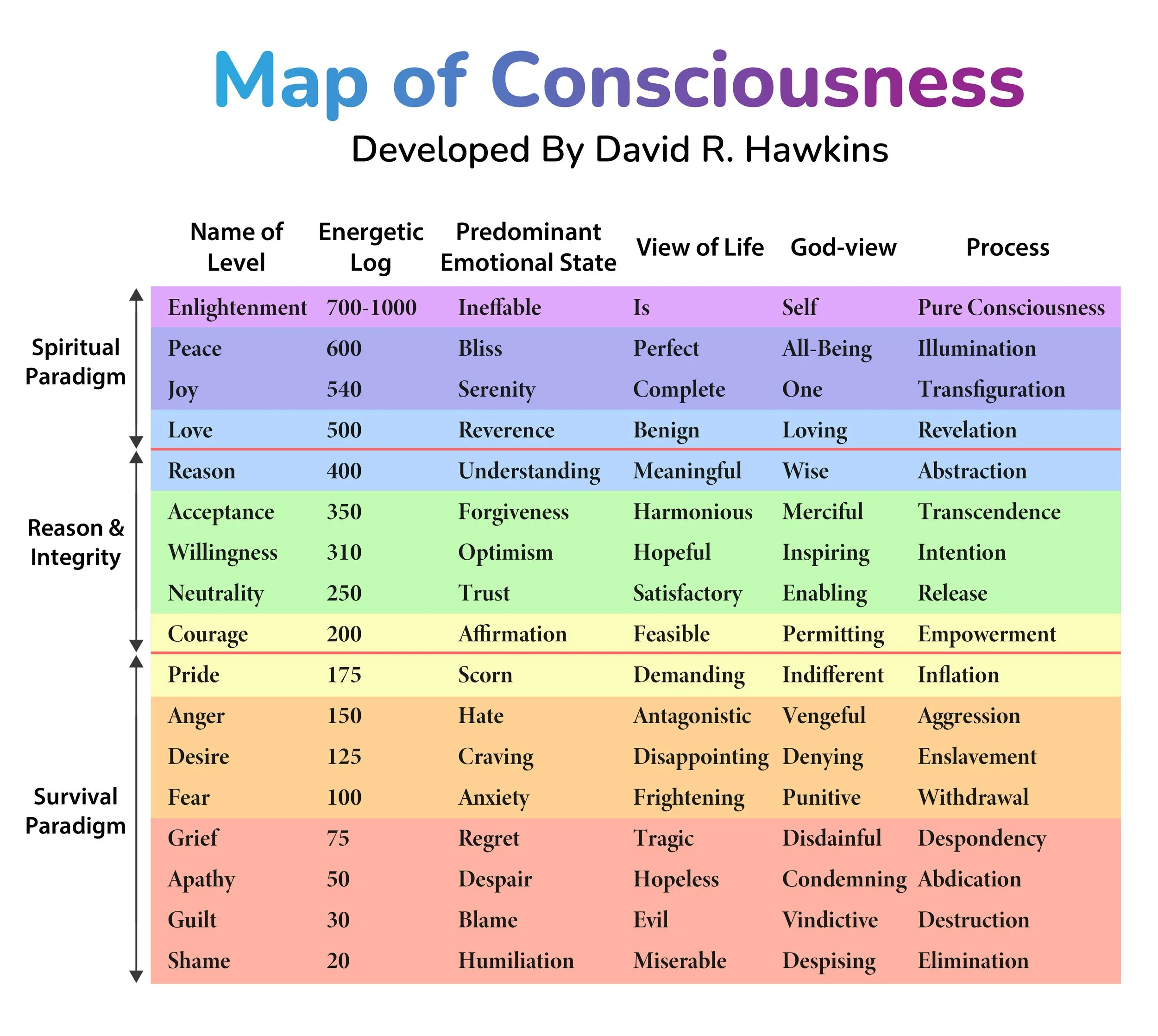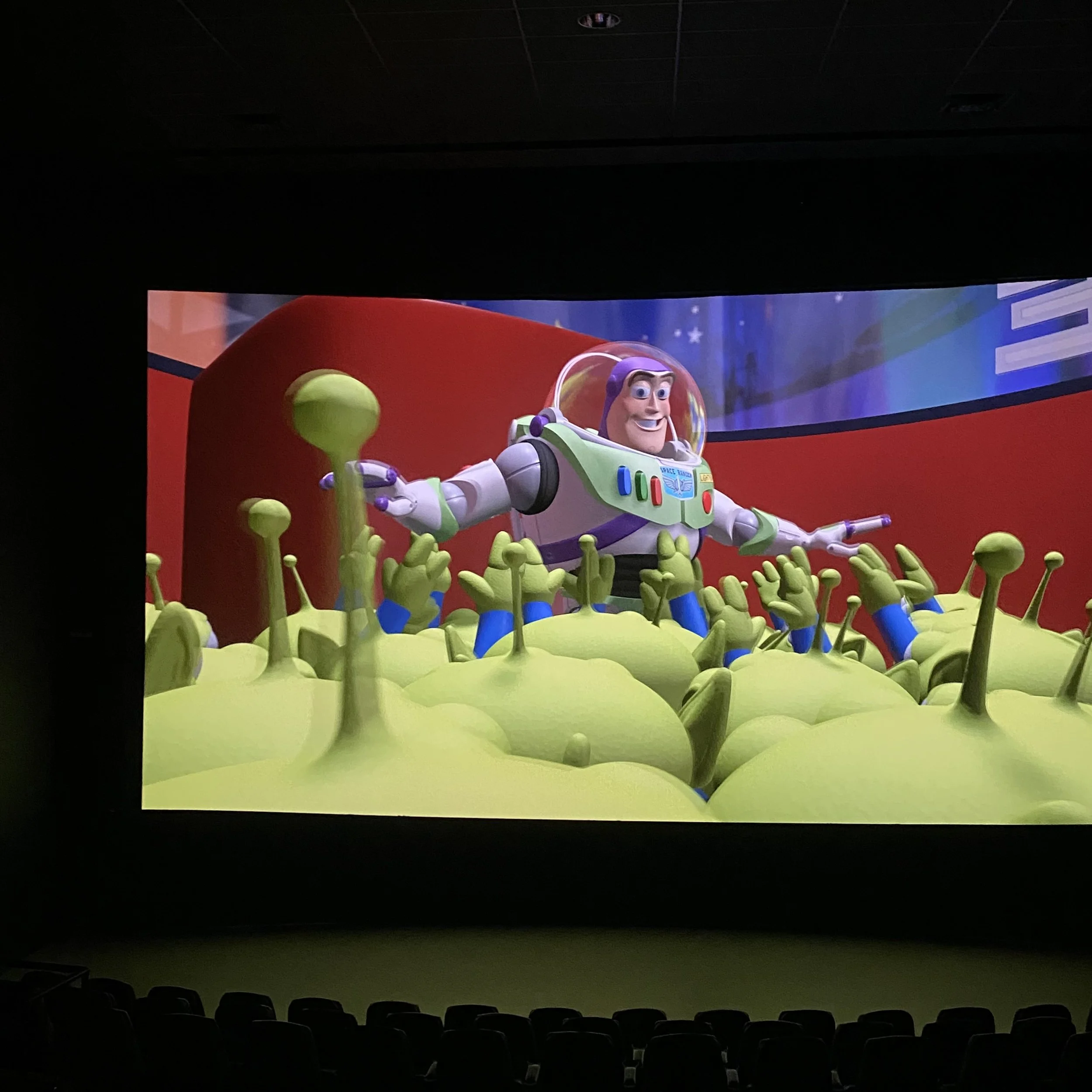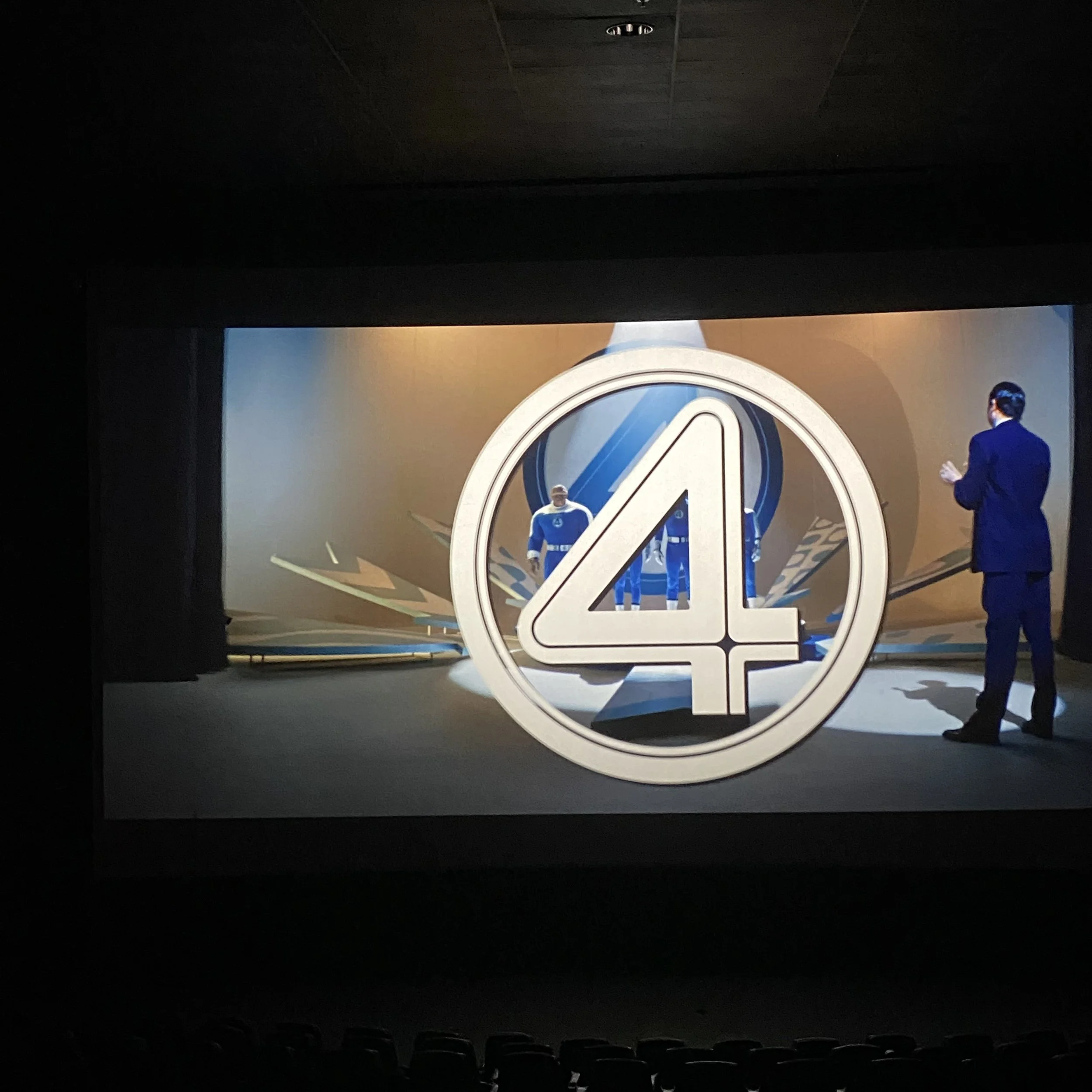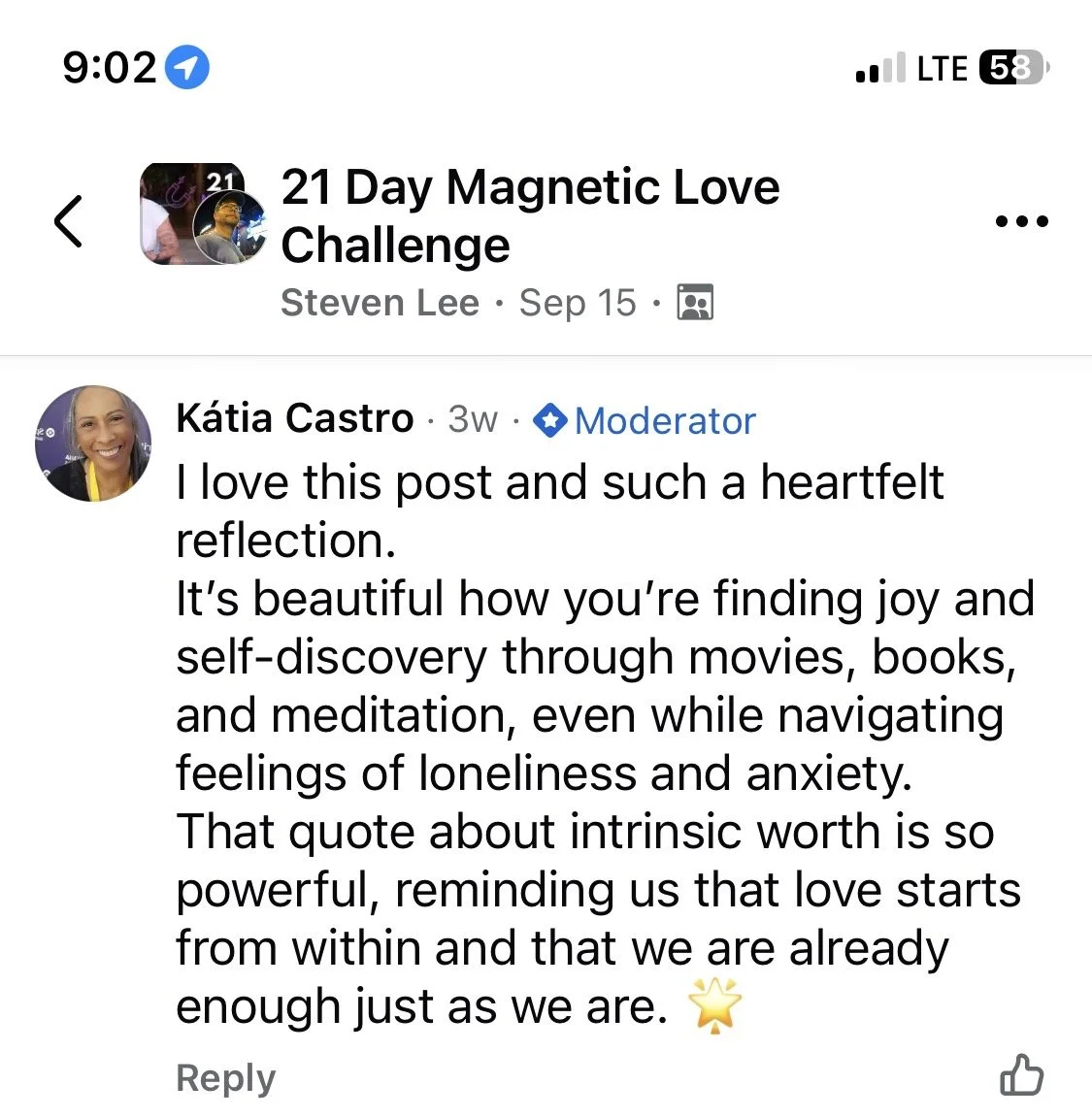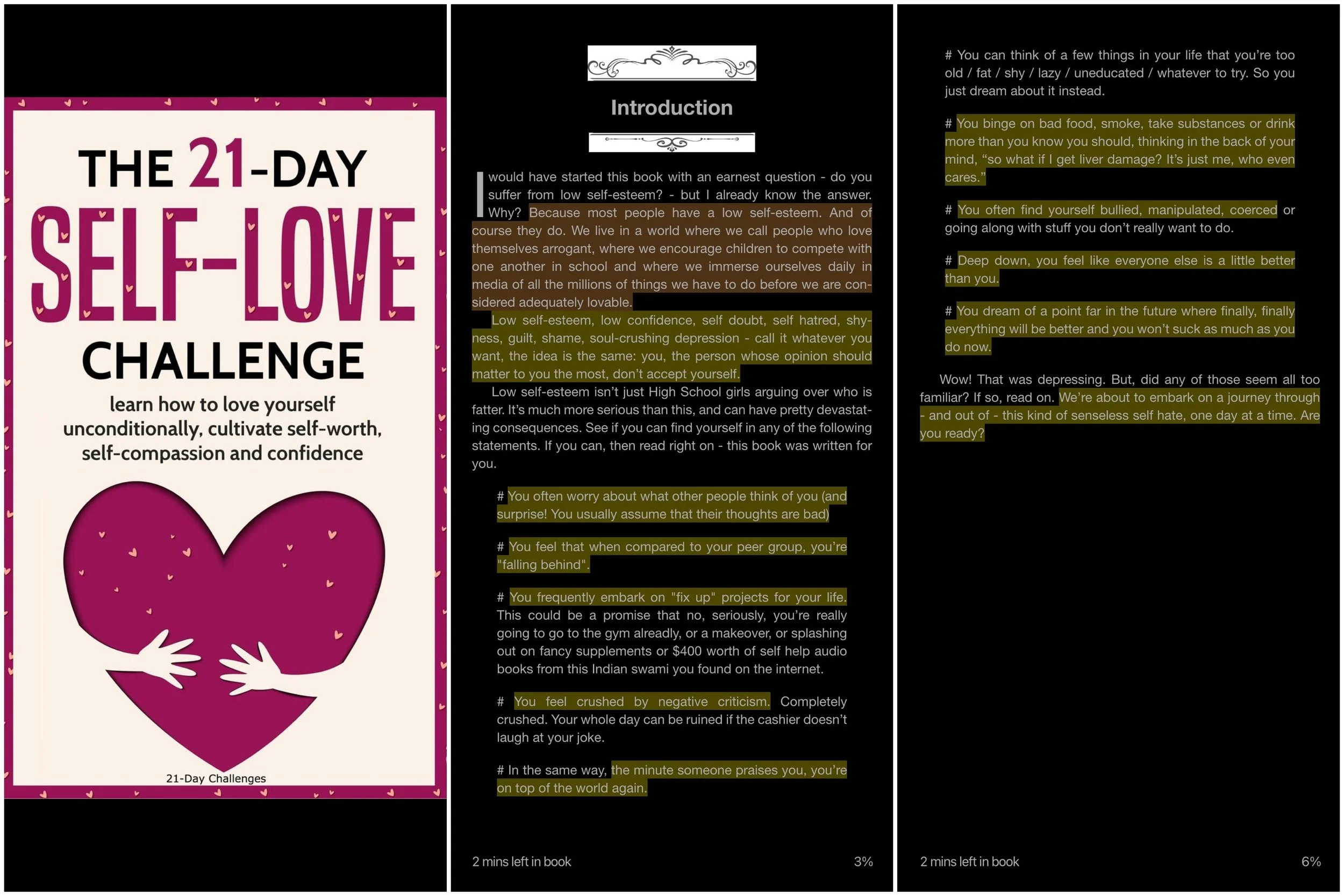I’ve been fortunate to have studied creative writing topics (the business of writing, writing for new media, the ecology of writing, as well as writing for health and wellness), as well as interdisciplinary expressive arts courses focussed on exploring creativity with Dr Ross Laird at Kwantlen Polytechnic University. Dr Laird is a clinical consultant focussed on trauma, addictions, and social vulnerability. He holds a PhD in Interdisciplinary Creative Processes from The Union Institute and University, as well as a Masters in Counselling Psychology from Antioch University. In his 2016 TEDxTalk, Big Problems: Small Wonder, Laird shares how moments of stillness are essential for cultivating wonder, a crucial human experience. He notes how contemporary modern society's constant connectivity leads to an addiction as well as a distraction from life’s 'small wonders,' thereby preventing deep, meaningful experiences. For Laird, wonder is derived from simple acts like gazing or walking, and it forms the foundation for creativity, cultural stories, and scientific discovery.
I loved how Laird opened his talk with an experiment that revealed how uncomfortable sitting with stillness can be. Laird started by asking his audience to put their phones away. He then asked the audience to focus their quiet attention on an image of the Milky Way galaxy he displayed on a large screen in the darkened auditorium, for exactly one minute. After one minute, Dr Laird polled the audience about their reactions to sitting for a minute in stillness, with options including the impulse to check phones, questioning the activity's purpose, feeling anxiety and uncertainty during the minute, and perceiving the minute as feeling really long. Ultimately, the experiment highlighted strong reactions to being without a phone for a short period. It was beautiful.
Laird next to described how mental wandering is a purposeless, non-directed state of mind psychologists describe as the "default mode" of consciousness. The default mode is an evolutionarily ingrained state meant for regular experience. Modern life however is characterized by being "always on" and constantly connected, thereby preventing us from falling into this mode. In short, our constant engagement with life and its myriad of distractions leads to a deficit of quiet, stillness, and mental wandering. Ultimately, Laird explains that moments of stillness are necessary to cultivate moments of wonder.
He then shifts to describe three paths to wonder: Meandering, Gazing, and Bathing. Liard defines wonder as the experience of mystery, as a fusion of the personal and universal. He notes that the cultivation of wonder is a significant need in our contemporary modern society. Historically, wonder and stillness are paired, contributing to developments in arts and sciences. And there are three common activities cultivate wonder: meandering, gazing, and bathing. Meandering (aimless walking) is linked to many scientific discoveries. Gazing involves simply looking intently at something with mindfulness, from a place of non-judgmental, present moment awareness. And bathing, showering or being in water is a well-documented method for generating creative ideas. Ultimately, whatever path one takes, Laird notes that stillness is a prerequisite for experiencing wonder.
Laird is an expert on myth and mythology, having authored an amazing book on the topic called A STONE’S THROW: THE ENDURING NATURE OF MYTH. So it is of little surprise that he would link the idea of stillness to the Amazonian myth of the Great Cayman: a colossal, dark crocodile in the night sky. The cayman aims to destroy the world by closing its mouth but Gods and heroes are locked in an eternal battle to constrain it. The universe is held in tension by this struggle between light and darkness as the world will end if the cayman succeeds in closing its mouth. As such, it is clear that this mythopoetic narrative originates from people gazing at the night sky and questioning its meaning.
Laird continues, noting how many astronomers develop their passion from childhood stargazing. He illustrates how a giant black hole, Sagittarius A*, is located at the centre of the Milky Way galaxy. A cosmic equilibrium exists between the black hole's gravitational pull and the galaxy's outward spiralling force. This tension is metaphorically described as a balance between forces of light and darkness. The galactic centre is located near a visible asterism known as the "Teapot". Dark dust clouds along the Milky Way obscure the view of the galactic centre and Sagittarius A*. It is these clouds which form the shape that aligns with the mythopoetic figure of the "Great Cayman". The black hole's location corresponds precisely to the mouth of this mythical Cayman. As such, myths born from the silent act of gazing are also tied to scientific exploration as both scientific and mythopoetic approaches arrive at a similar narrative about the cosmic tensions that exist between creation and destruction.
Laird also describes how wonder connects individuals to themselves, others, as well as to larger universal questions. Wonder provides a pathway to meaning by its ability to grapple with large, unsolvable mysteries. However, contemporary modern society is characterized by constant distraction and 'small, piecemeal wonders'. In short, this creates a form of addiction to superficial information and experiences. Laird, whose clinical practice is focussed on addiction, notes how a lack of deep wonder contributes to mental health challenges, such as depression and anxiety, particularly in young people. As such, addiction to substances or technology can be seen as an escape from wonder. But personal problems can be fused with universal issues like climate change and conflict, with wonder acting as a bridge between them. Ultimately, Laird suggests that the solution to our contemporary problems lays in fostering and discovering more authentic experiences of wonder, achieved through stillness, quiet, and slowness. Wonder that often emerges from small, unexpected, and unplanned moments. Moments that typically occur during stillness, quiet, and non-action.
Laird then ends his talk showing the image from the start of the TEDx Talk, which had been taken by the Hubble telescope, an ultra-deep field image, containing approximately 3,000 galaxies. From this, Laird encouraged his audience to continuously search for wonder.


